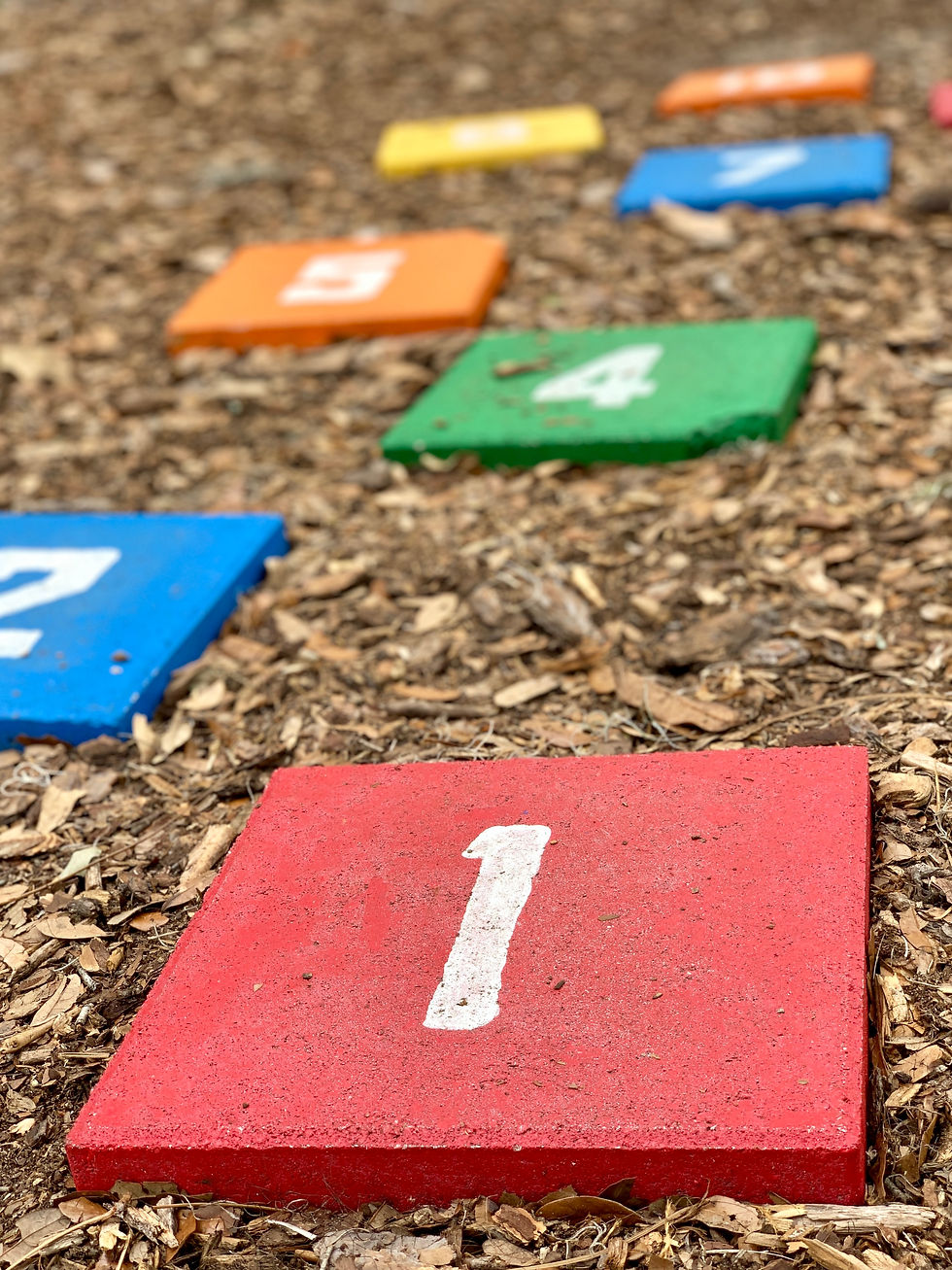Music and Movement in Early Childhood Education
- Jasmeen Kaur
- Apr 22
- 3 min read

Importance of the area curriculum
Music together with movement acts as a fundamental educational element for young children because it builds creativity while supporting total growth. Stimulation from musical activities enables children to express themselves and examine emotions through social participation, which are essential elements for creative thinking (Niland, 2015). Through dancing, boys and girls develop better physical coordination as well as intellectual advancement by practicing environmental discovery through rhythmical motions. The elements described by Howard and Mayesky (2022) create shared experiences that help children build community identity while inspiring their creativity so they can innovate successfully throughout different situations.
Creativity Theories and Perspectives
Several conceptual models supply proper frameworks to analyse creative processes in musical and movement-based work. When children work together in musical and movement activities, Vygotsky (1978) explains learning progresses best when individuals share important social experiences which foster creativity. According to Gardner (1983), children hold different types of intelligence, such as musical and bodily-kinaesthetic, that educational activities combining music and dance effectively develop. According to cognitive development theory put forth by Piaget (1952), children learn by actively exploring their environments, so music and movement activities promote creative problem-solving abilities.
Resources, Materials, and Digital Technologies
Early childhood teachers can use a collection of materials and resources to successfully involve children in musical and physical activities. Children will stay focused and develop sound exploration using drums, tambourines, maracas and xylophones as instruments (Dinham & Chalk, 2018). Additional movement equipment, including scarves and parachutes with ribbons, serves to boost physical motion while inspiring creative gameplay. The music-making apps and dance movement video resources of modern technology enable teachers to revamp their curriculum with interactive functionalities that help students interact with music by other means (Howard & Mayesky, 2022). Teachers can utilise interactive whiteboards for group activities which let children become creative by working together on shared tasks.
Examples of Learning Experiences Across Ages
0-2 years - The design of a sensory music activity involves exposing babies to instruments and textures through interactive music sessions. Offer soft fabric and gentle music together to help babies understand the relationship between sensations and sounds.
2–3 years: A movement experience involving scarves to music encourages creativity and expression. Children can wave, twirl, and move their scarves in sync with upbeat music, fostering both fine motor skills and a sense of rhythm.
3-5 years – Children participate in movement-based dance sessions which explore stories and season themes so they can act out characters and concepts. The narrative encourages storytelling and imagination because children interpret the story through movement (Niland, 2015).
6-8 years – Teamwork develops while children learn about music better through the process of creating lyrics and musical accompaniment together. The collaborative framework allows children to preserve their personal autonomy when simultaneously working together with others.
Original Creative Learning Opportunities
0-2 years (sensory play) - The sensory sound play station during the 0-2 years stage should include safe objects that produce sounds when touched. By shaking the objects and touching them, babies gain awareness of multiple textures and listen to diverse sounds that improve both sensory and auditory abilities (Howard & Mayesky, 2022).
2-3 years (waves and dance with scarves) - The activity involves Wave and Dance with Scarves, which includes letting children use different genres of music while exploring bright coloured scarves during their 2–3-year stage. Children should repeat animal movements together with creating their personal dances to develop body awareness and rhythm while expressing themselves creatively.
3-5 years (Story-Inspired Music Creation) - The teacher should choose a picture book followed by an activity that lets children write production scores for the selected story during the 3-5 years educational stage. The use of instruments or everyday household items allows children to imitate story sounds, which enhances their music skills while strengthening their reading ability.
Critical Reflection and Evaluation
An evaluation of my creative attributes has enabled me to understand how important it is to create an environment for creativity alongside critical thinking and innovation. The creative teaching methods I employ together with my unorthodox thinking enable children to discover their artistic side without any worries about being criticised. I focus on blending multicultural viewpoints into my music and movement lessons because this helps children learn multiple expression methods (Dinham & Chalk, 2018). My observation of children during their activities helps me develop approaches which support their individual creative expressions. I seek efficient lifelong learning development because my goal is to encourage children to understand creativity as a fundamental life force. My dedication to creating a nurturing learning space of music and movement education will give children the necessary tools of creativity, together with team-building abilities as well as the self-assurance skills they need for their school years and later life development.



Comments